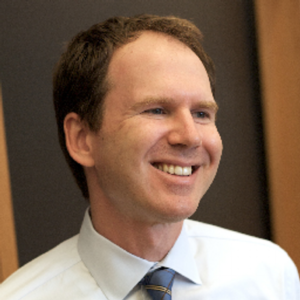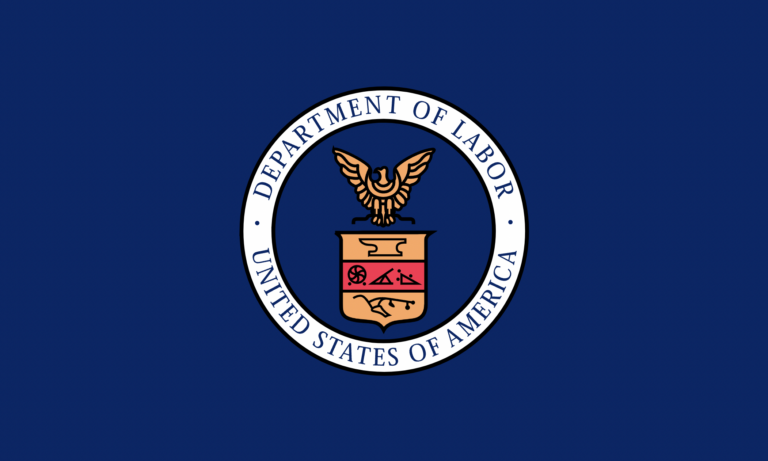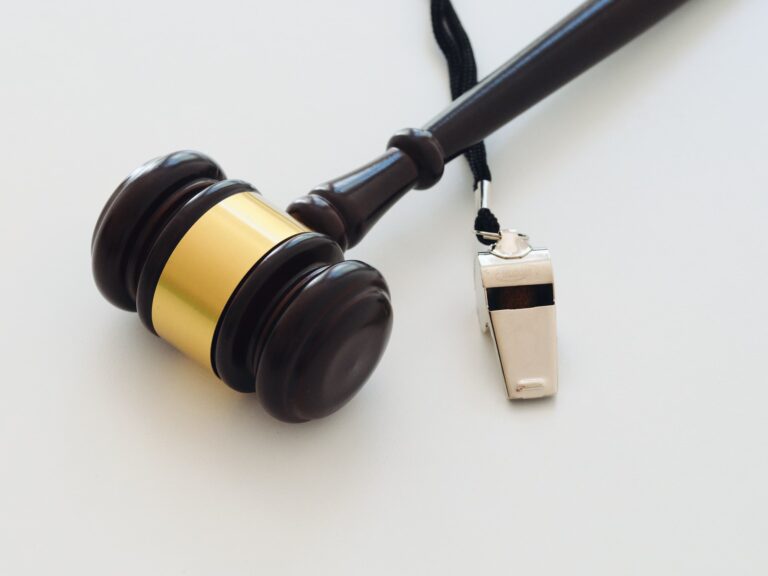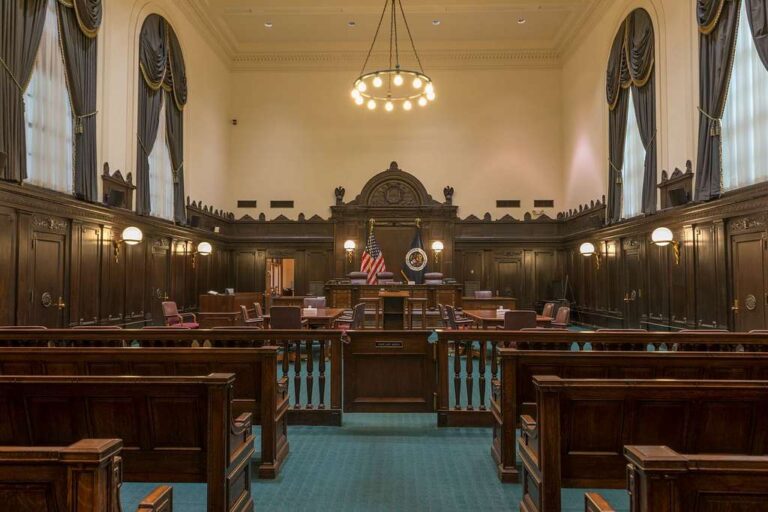
Benjamin Sachs is the Kestnbaum Professor of Labor and Industry at Harvard Law School and a leading expert in the field of labor law and labor relations. He is also faculty director of the Center for Labor and a Just Economy. Professor Sachs teaches courses in labor law, employment law, and law and social change, and his writing focuses on union organizing and unions in American politics. Prior to joining the Harvard faculty in 2008, Professor Sachs was the Joseph Goldstein Fellow at Yale Law School. From 2002-2006, he served as Assistant General Counsel of the Service Employees International Union (SEIU) in Washington, D.C. Professor Sachs graduated from Yale Law School in 1998, and served as a judicial law clerk to the Honorable Stephen Reinhardt of the United States Court of Appeals for the Ninth Circuit. His writing has appeared in the Harvard Law Review, the Yale Law Journal, the Columbia Law Review, the New York Times and elsewhere. Professor Sachs received the Yale Law School teaching award in 2007 and in 2013 received the Sacks-Freund Award for Teaching Excellence at Harvard Law School. He can be reached at [email protected].
The Department of Labor announced today that it has withdrawn two memos (so-called Administrator’s Interpretations, or AIs) issued by David Weil’s Wage and Hour Division in 2015 and 2106. The first AI concerned the definition of employment under the Fair Labor Standards Act and helpfully clarified existing law regarding the distinction between employees and independent contractors. The second AI dealt with the related question of how to determine joint employment relationships under the Fair Labor Standards Act and the Migrant and Seasonal Worker Protection Act. We analyzed (and lauded) the first AI here and the second one here. The DOL appears to have removed the AI’s from their website; they’ll remain available here and here.
Two points. First, the AIs interpret existing law – they don’t make new law – and so the DOL’s action today doesn’t formally change anything. Second, removing the Weil memos does, however, signal the direction that this Department of Labor intends to head. For one thing, it indicates that Acosta’s DOL may refuse to interpret broadly the definitions of employment and joint employment under statutes that are meant to be read broadly. For another thing, it indicates a backtracking on the Department’s efforts to provide compliance assistance in two critical, and complicated, areas of employment law.










Daily News & Commentary
Start your day with our roundup of the latest labor developments. See all
December 2
Fourth Circuit rejects broad reading of NLRA’s managerial exception; OPM cancels reduced tuition program for federal employees; Starbucks will pay $39 million for violating New York City’s Fair Workweek law; Mamdani and Sanders join striking baristas outside a Brooklyn Starbucks.
December 1
California farmworkers defend state labor law, cities consider requiring companies to hire delivery drivers, Supreme Court takes FAA last-mile drivers case.
November 30
In today’s news and commentary, the MSPB issues its first precedential ruling since regaining a quorum; Amazon workers lead strikes and demonstrations in multiple countries; and Starbucks workers expand their indefinite strike to additional locations. Last week, the Merit Systems Protection Board (MSPB) released its first precedential decision in eight months. The MSPB had been […]
November 28
Lawsuit against EEOC for failure to investigate disparate-impact claims dismissed; DHS to end TPS for Haiti; Appeal of Cemex decision in Ninth Circuit may soon resume
November 27
Amazon wins preliminary injunction against New York’s private sector bargaining law; ALJs resume decisions; and the CFPB intends to make unilateral changes without bargaining.
November 26
In today’s news and commentary, NLRB lawyers urge the 3rd Circuit to follow recent district court cases that declined to enjoin Board proceedings; the percentage of unemployed Americans with a college degree reaches its highest level since tracking began in 1992; and a member of the House proposes a bill that would require secret ballot […]